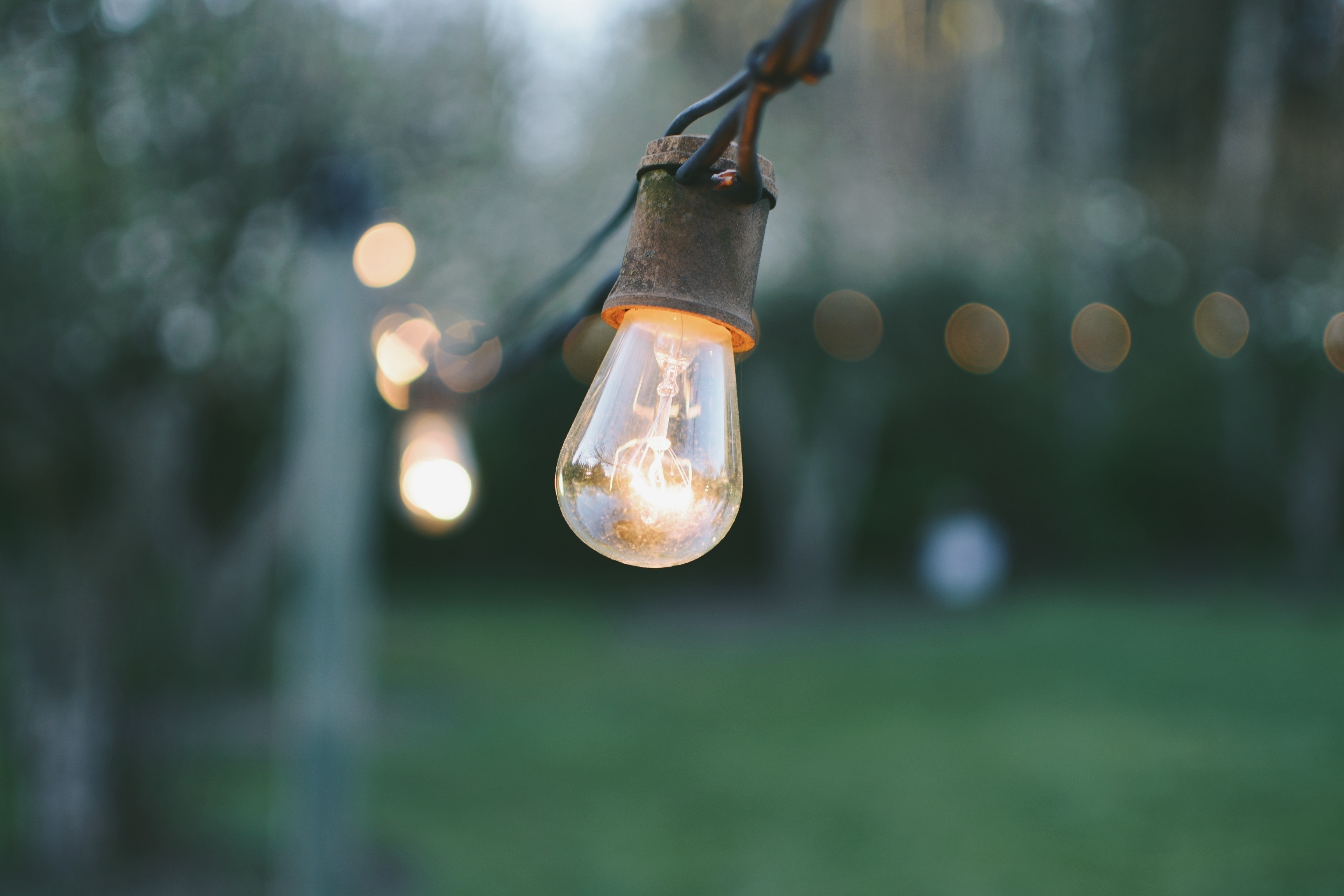
Attaining good energy efficiency has become one of the main objectives in the creation of a sustainable society and the fight against climate change. At its core, and as the name implies, it’s about using energy in a more efficient way. For example, an appliance becomes more energy efficient when the amount of energy it uses is lower than the average consumption needed to perform that same activity. One of the keys to energy efficiency is the use of renewable energy whenever possible. The ultimate goal is the reduction of intensive energy use and emissions.
In reality, there is still a way to go in relation to legislation and raising awareness within society. As an example, let’s take the typical situation of buying a light bulb. In the shop, we’ll usually find a conventional light bulb, an LED bulb, and a low consumption bulb. In most cases, it’s the first option that has the lowest price, around 90c, while the other two options usually fall around the €2 mark. However, in the long run, the two latter:
- Consume less energy: a low consumption bulb consumes 70% less energy than a conventional light bulb and loses only 25% of its heat, while an LED bulb consumes 80% less energy and generates only 2% heat so that it does not lose quality.
- They have a longer life: a LED bulb can last up to 50,000 hours and a low consumption 10,000 hours.
8 posts about energy efficiency
Energy efficiency is an environmental issue that we need to be aware of. So, we encourage you to read these articles to better understand its benefits.
1. Steps that “recycle” the energy produced when going down the stairs in order to make it easier to go up them
Georgia Tech and Emory University (Atlanta) have developed a prototype of a new stairs that uses the energy a person generates when they go down the stairs to reduce the effort required to walk up it.
2. What traditional architecture has to say about energy efficiency
These days, when we encounter a problem, we try think our way out of it, attempting to find solutions that may already exist. This problem has made its way into the world of architecture, and in this post, the author looks at how traditional architecture may have the answer to adapting better to its surrounding environment. It’s all about becoming more efficient with the resources available as well as understanding the geographical location of the building.
3. How to change the world through energy
David Porcero, Special Projects and Development Manager for the Centre of Excellence for Energy and Facility Management at Ferrovial explains in this post that “energy efficiency is an essential part of curbing carbon concentrations in the atmosphere and related climate impacts”. Therefore, energy sustainability is part of the solution to climate change. How? If temperature increases of 2ºC are to be avoided, the nations that are part of the OECD must reduce their energy intensity (primary energy consumption per unit of GDP) by 2.6% a year until 2030.
4. Your next neighbourhood could be on a spectacular 21st floor, and the planet would benefit
Reality or science fiction? Some people are already asking what the cities of the future will be like in an attempt to solve the problems of overpopulation and sustainability. The solution, it seems, is vertical cities. According to the author: “neighbourhoods of this type, arranged in horizontal layers rather than one alongside the other, would provide considerable energy savings. In the same way that a flat shares the cost of heating with the flats surrounding it, these neighbourhoods would mutually reinforce comfort zones at a low cost.”
5. Does your home have an energy problem? You could be losing a lot of money
Did you know that all homes lose money because of escaping heat? The solution to this problem is in this article.
6. Buildings that consume no power
Energy Matters recently published an article on how, little by little, the use of coal, oil and gas derived from oil has decreased over time, with cleaner energies such as biofuels, geothermal energy, hydroelectric power, wind or sun being used instead.
Little by little we must move towards “zero energy buildings”, constructions that self-generate their own energy. These do not require electrical conduits that provide them with electricity because they generate all the power they may need themselves.
7. Innovation: How to optimize infrastructure maintenance through wearables
In this article we talk about wearables, specifically Google Glass, and how they are an indispensable part of the streetlight maintenance team in the city. We also talk about sustainability as a pillar to the projects which we’re involved in.
8. Plactherm: Floor tiles that provide heat where you need it without wasting energy
In this article, we interviewed Lluc Martí, founder of the startup Plactherm, and winner of the Industrial Revolution category at the 2015 edition of South Summit. The project is about smart and independent tiles that, by means of a microprocessor and sensors, regulate the desired temperature to warm any space, whether at home or in the office. These tiles adapt to the space and number of people within it, distributing more or less heat as appropriate in the most energy efficient way.





There are no comments yet